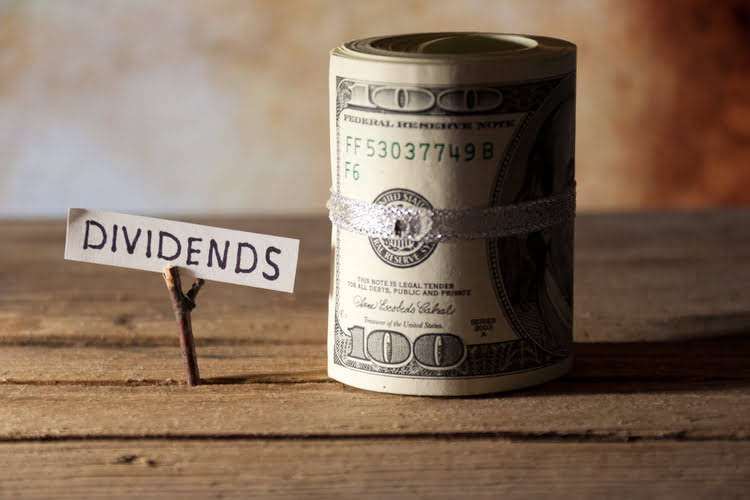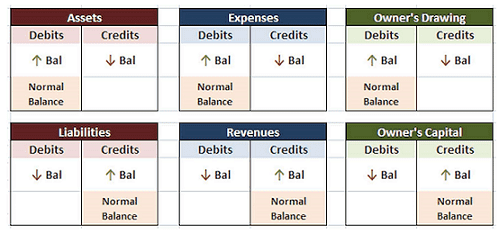
Incremental cost is usually computed by manufacturing entities as a process in short-term decision-making. It is calculated to assist in sales promotion and product pricing decisions and deciding on alternative production methods. Incremental cost determines the change in costs if a manufacturer decides to expand production. It is usually made up of variable costs, which change in line with the volume of production. Incremental cost includes raw material inputs, direct labor cost for factory workers, and other variable overheads, such as power/energy and water usage cost.

Terms Similar to Incremental Cost
The separation of fixed costs and variable costs and determination of raw material and labor costs also differs from organization to organization. Incremental cost is choice-based; hence, it only includes forward-looking costs. The cost of building a factory and set-up costs for the plant are regarded as sunk costs and are not included in the incremental cost calculation. Because the sunk costs are present regardless of any opportunity or related decision, they are not included in incremental analysis. Incremental cost is the total cost incurred due to an additional unit of product being produced. Since the costs directly affected by changes in production volume are dynamic, the term ‘incremental cost’ highlights how they differ from fixed costs.
- The reason for the relatively small incremental cost per unit is due to the cost behavior of certain costs.
- The additional cost comprises relevant costs that only change in line with the decision to produce extra units.
- Since the costs directly affected by changes in production volume are dynamic, the term ‘incremental cost’ highlights how they differ from fixed costs.
- If a business is earning more incremental revenue (or marginal revenue) per product than the incremental cost of manufacturing or buying that product, then the business earns a profit.
- Incremental cost is choice-based; hence, it only includes forward-looking costs.
How Does Understanding Incremental Costs Help Companies?

Incremental costs help to determine the profit maximization point for a company or when marginal costs equal marginal revenues. If a business is earning more incremental revenue (or marginal revenue) per product than the incremental cost of manufacturing or buying that product, then the business earns a profit. The calculation of incremental cost needs to be automated at every level of production to make decision-making more efficient. There is a need to prepare a spreadsheet that tracks costs and production output. However, the $50 of allocated fixed overhead costs are a sunk cost and are already spent. The company has excess capacity and should only consider the relevant costs.
- The fixed costs don’t usually change when incremental costs are added, meaning the cost of the equipment doesn’t fluctuate with production volumes.
- This strategic move is intended to increase overall profitability while maintaining the company’s return on investment (ROI).
- Therefore, the cost to produce the special order is $200 per item ($125 + $50 + $25).
- Austin has been working with Ernst & Young for over four years, starting as a senior consultant before being promoted to a manager.
- Strategic consideration of incremental costs becomes especially important to avoid the traps of overproduction or underproduction, maximize resource utilization, and maintain a balanced operational strategy.
Benefits to Incremental Cost Analysis
For example, the incremental cost of an employee’s termination includes the cost of additional benefits given to the person as a result of the termination, such as the cost of career counseling. Or, the incremental cost of shutting https://www.bookstime.com/articles/income-summary-account down a production line includes the costs to lay off employees, sell unnecessary equipment, and convert the facility to some other use. As a third example, the sale of a subsidiary includes the legal costs of the sale.

The significance of incremental cost lies in its influence on product pricing decisions. When incremental costs contribute to the rise in product cost per unit, the company may decide to raise the product’s price. The reason why there’s a lower incremental cost per unit is due to certain costs, such as fixed costs remaining constant. Although a portion of fixed costs can increase as production increases, the cost per unit usually declines since the company isn’t buying additional equipment or fixed costs to produce the added volume.

- You should consider whether Plan A’s additional features and benefits outweigh the additional cost.
- For example, the incremental cost of an employee’s termination includes the cost of additional benefits given to the person as a result of the termination, such as the cost of career counseling.
- A restaurant with a capacity of twenty-five people, as per local regulations, needs to incur construction costs to increase capacity for one additional person.
- The company has excess capacity and should only consider the relevant costs.
- The use of incremental analysis can help businesses identify the potential financial outcomes of one business action or opportunity compared to another.
- The cost of building a factory and set-up costs for the plant are regarded as sunk costs and are not included in the incremental cost calculation.
Incremental analysis is a problem-solving method that applies accounting information—with a focus on costs—to strategic decision-making. For the past 52 years, Harold Averkamp (CPA, MBA) hasworked as an accounting supervisor, manager, consultant, university instructor, and innovator in teaching accounting online. For the past 52 years, Harold Averkamp (CPA, MBA) has worked as an accounting supervisor, manager, consultant, university instructor, and innovator in teaching accounting online. For example, in the case of a restaurant that is only allowed to seat twenty-five people due to local regulations, increasing capacity by just one person may necessitate incurring construction costs. The company is not operating at capacity and will not be required to invest in equipment or overtime to accept any special order that it may receive.
Incremental Cost vs. Marginal Cost
Also, fixed costs can be difficult to attribute to any one business segment. Since incremental costs are the costs of manufacturing one more unit, the costs would not be incurred if production didn’t increase. Incremental costs are usually lower than a unit average cost to produce incremental costs. Incremental costs are always composed of variable costs, which are the costs that fluctuate with production volumes. From the above information, we see that the incremental cost of manufacturing the additional 2,000 units (10,000 vs. 8,000) is $40,000 ($360,000 vs. $320,000). Therefore, for these 2,000 additional units, the incremental manufacturing cost per unit of product will be an average of $20 ($40,000 divided by 2,000 units).
At EY, he focuses on strategy, process and operations improvement, and business transformation consulting services focused on health provider, incremental costs are the additional costs from selecting a certain course of action. payer, and public health organizations. Austin specializes in the health industry but supports clients across multiple industries.
- The company is not operating at capacity and will not be required to invest in equipment or overtime to accept any special order that it may receive.
- Get instant access to lessons taught by experienced private equity pros and bulge bracket investment bankers including financial statement modeling, DCF, M&A, LBO, Comps and Excel Modeling.
- Therefore, for these 2,000 additional units, the incremental manufacturing cost per unit of product will be an average of $20 ($40,000 divided by 2,000 units).
- There is a need to prepare a spreadsheet that tracks costs and production output.
- Marginal cost is the change in total cost as a result of producing one additional unit of output.